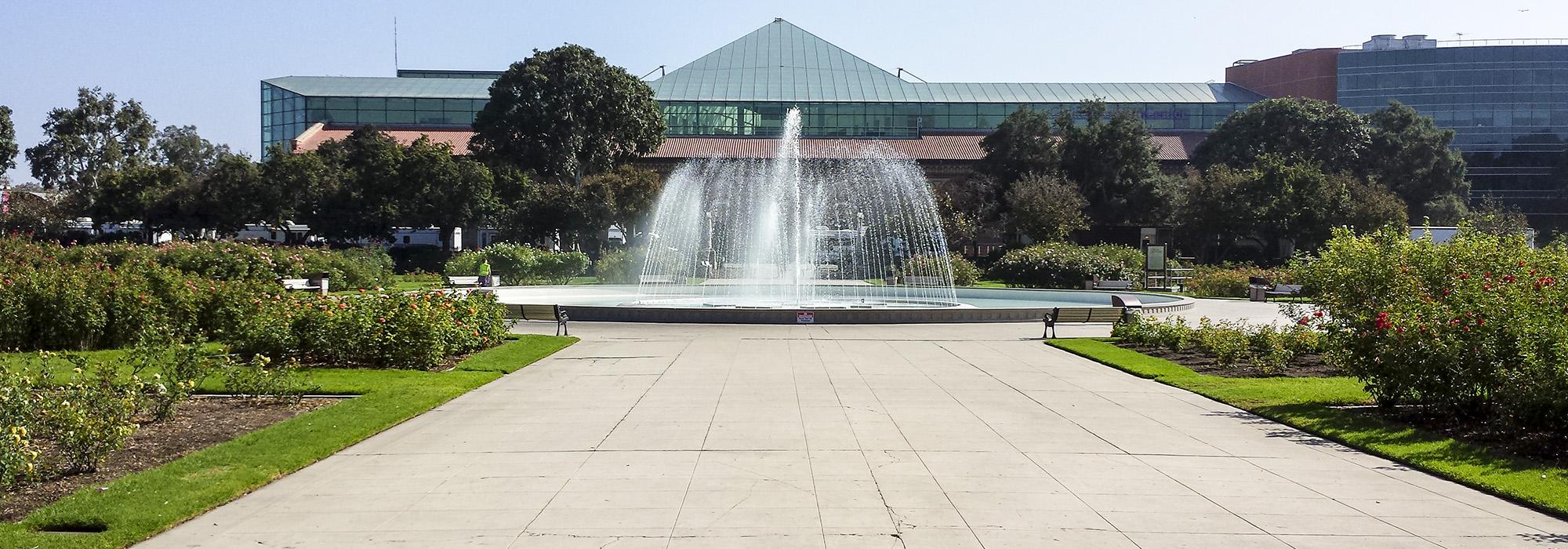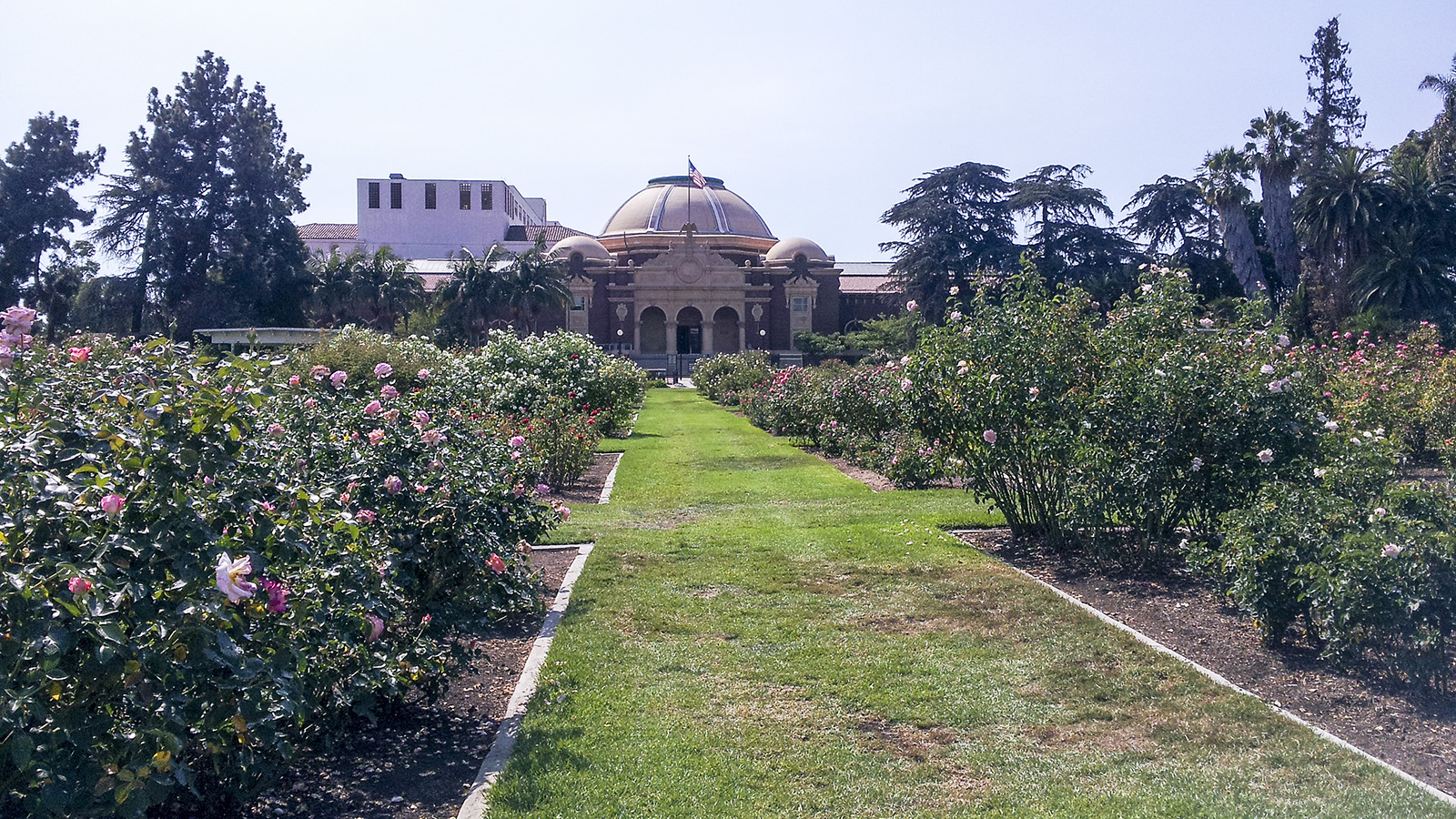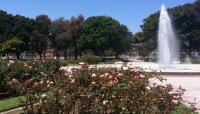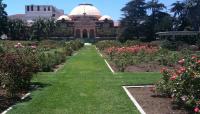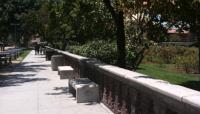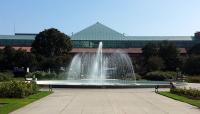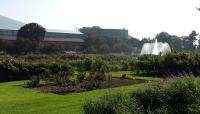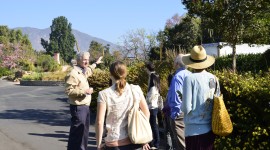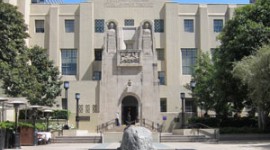Landscape Information
Located just south of the University of Southern California (USC) campus, this 160-acre park houses some of the city’s largest cultural institutions and sports venues. Between 1872 and 1910, the site operated as an agricultural fairground and racetrack known as Agricultural Park. At the behest of USC’s President George Bovard, the State of California and the County and City of Los Angeles purchased the parkland in 1889 in an effort to improve the site's usage. In 1913, the racetrack was demolished and the newly renovated green space was renamed Exposition Park. John Parkinson, USC’s campus architect, designed the site plan according to Beaux Arts planning principles, choosing the racetrack area for a Sunken Garden designed by Fred H. Howard, surrounded on three sides by an armory, a natural science museum, and an art gallery. In 1928 the garden was redesigned by Howard and rededicated as the Rose Garden, a seven-acre formal garden containing more than 15,000 rose bushes laid in a grid of square planting beds that extend from both sides of a large circular fountain.
In the 1990s, landscape architecture firm Meléndrez developed a master plan for the park as well as the landscape surrounds for the California Science Center. In 2013, the Nature Gardens were added adjacent to the Natural History Museum, designed by Mia Lehrer + Associates. The park’s Natural History Museum and the Rose Garden are listed in the National Register of Historic Places. The Memorial Coliseum, built in 1923, became a National Historic Landmark in 1984.



